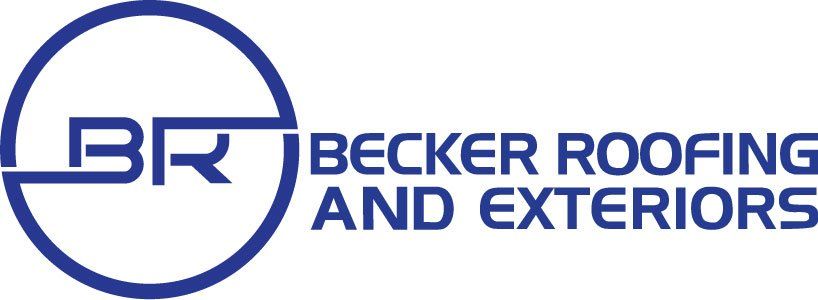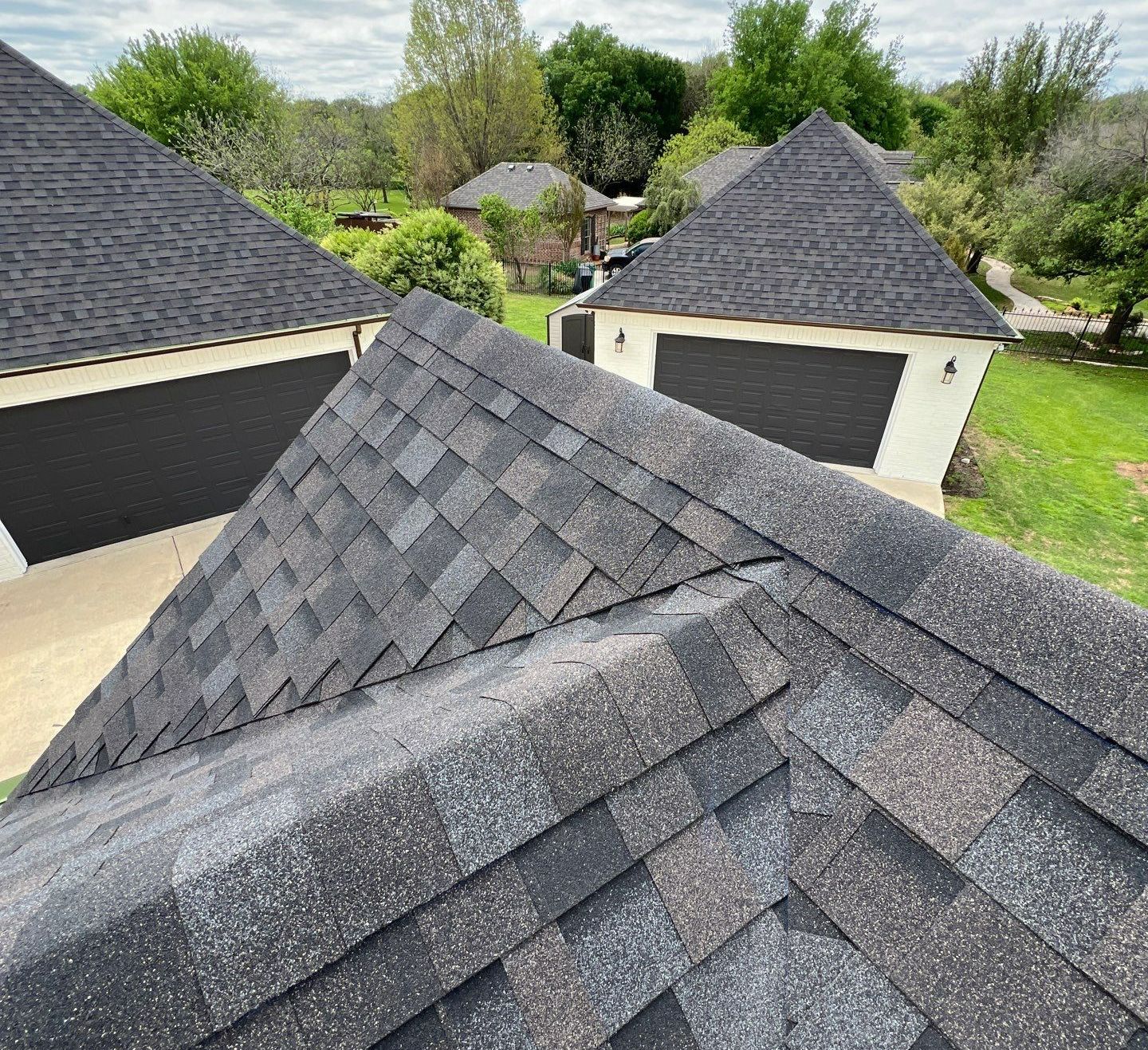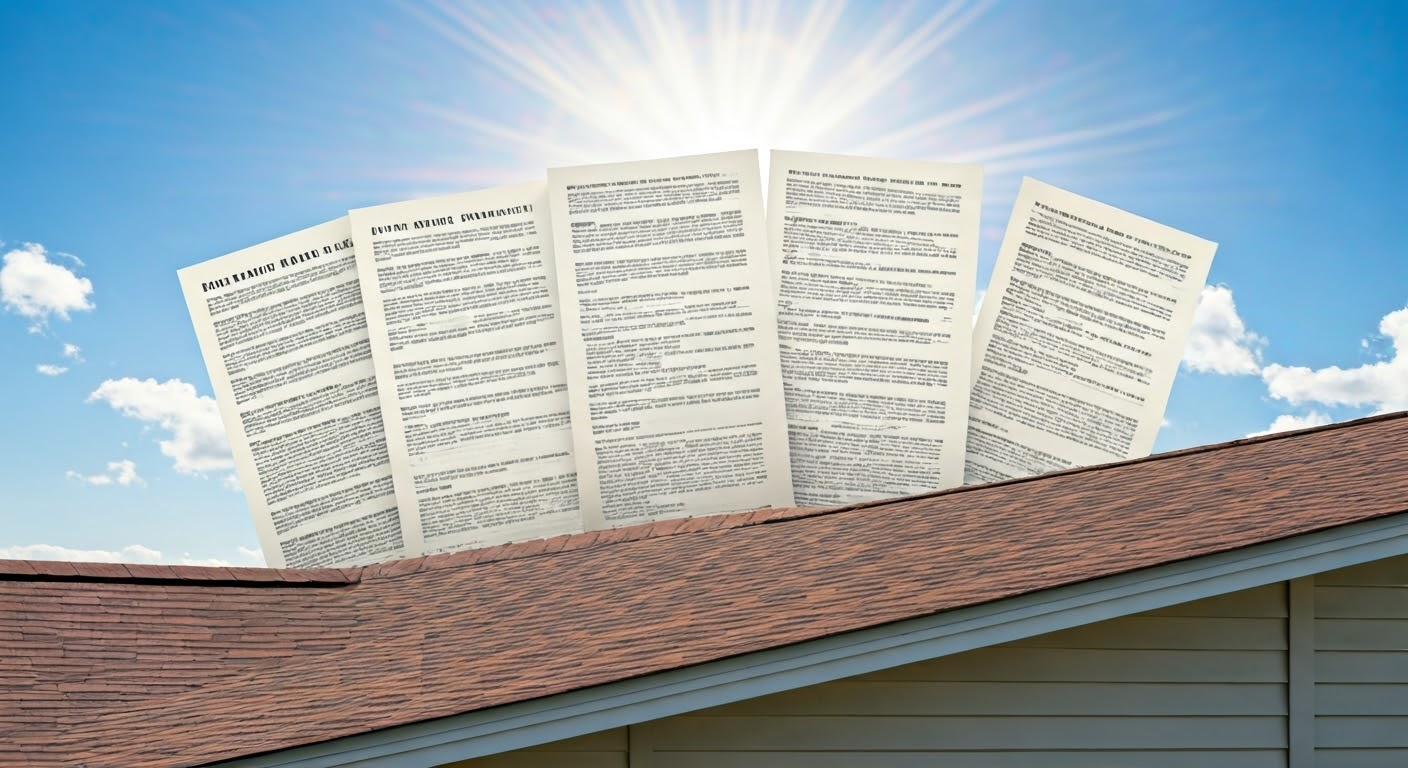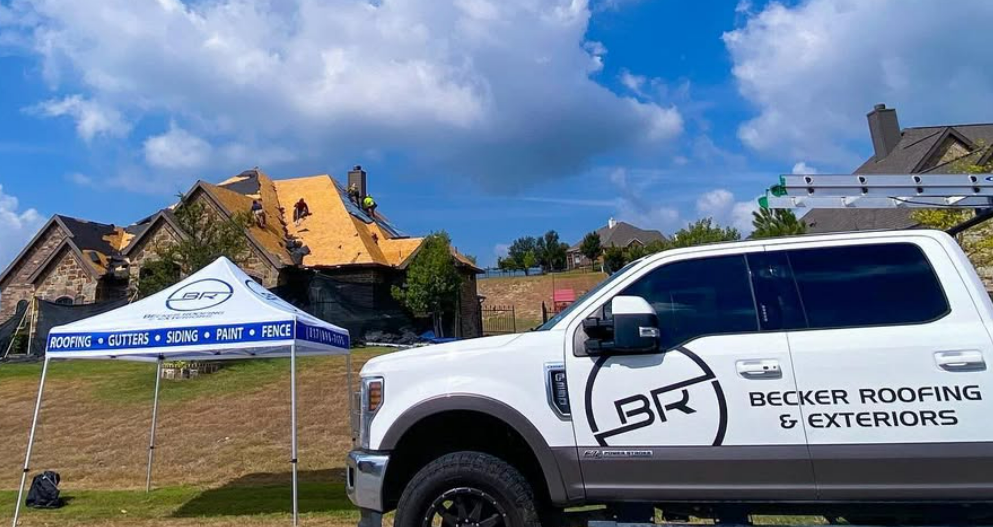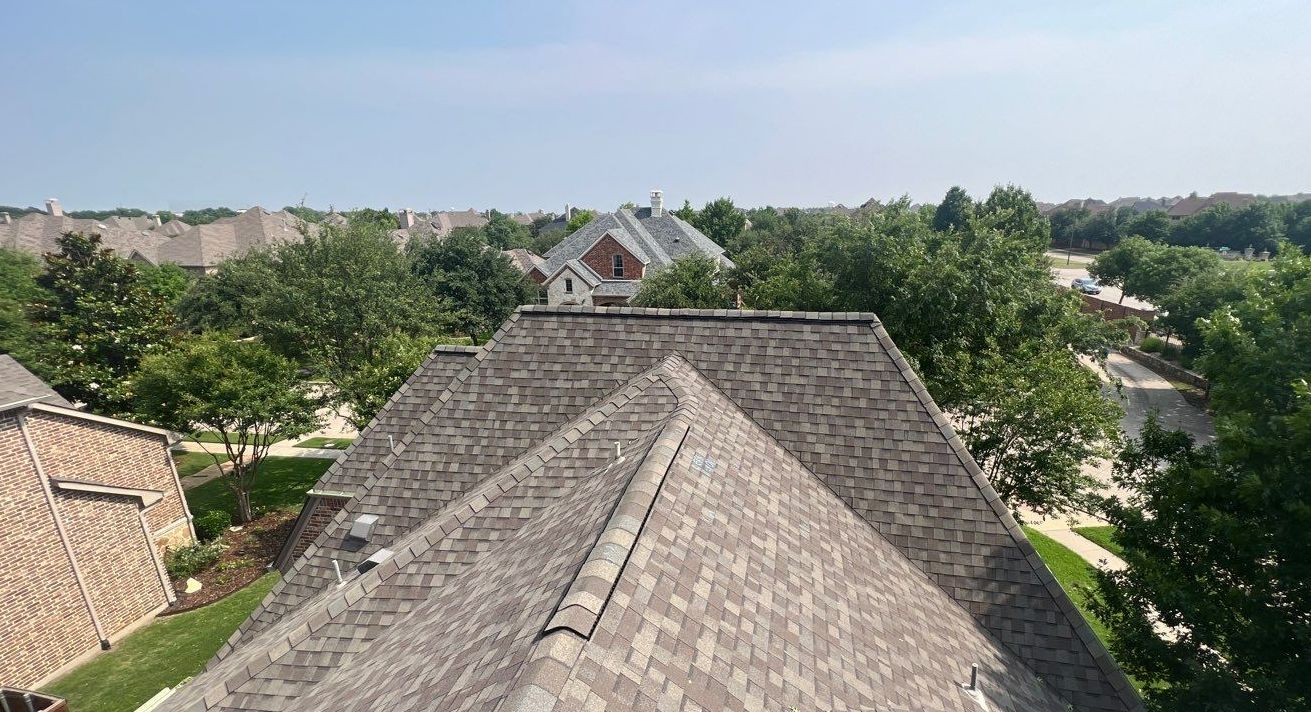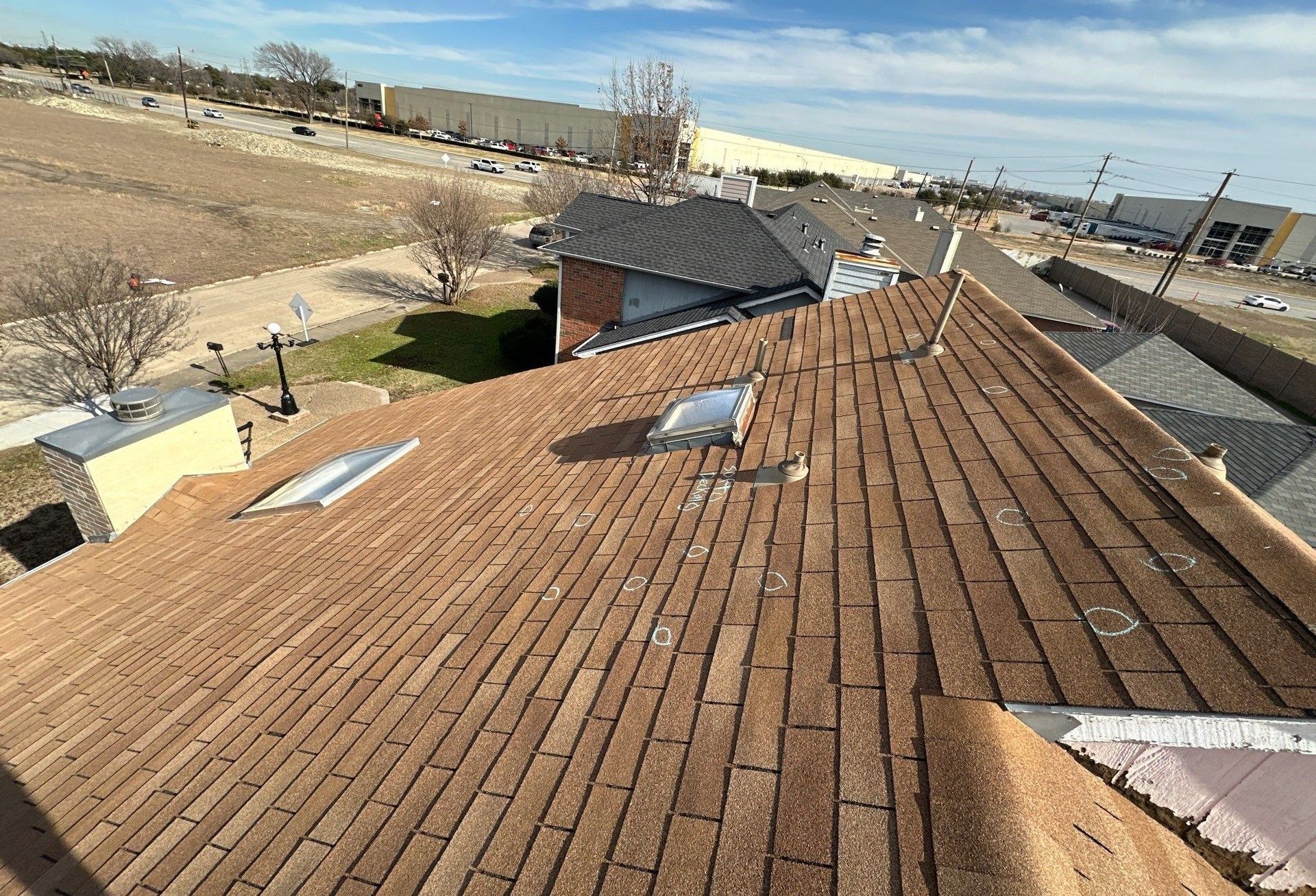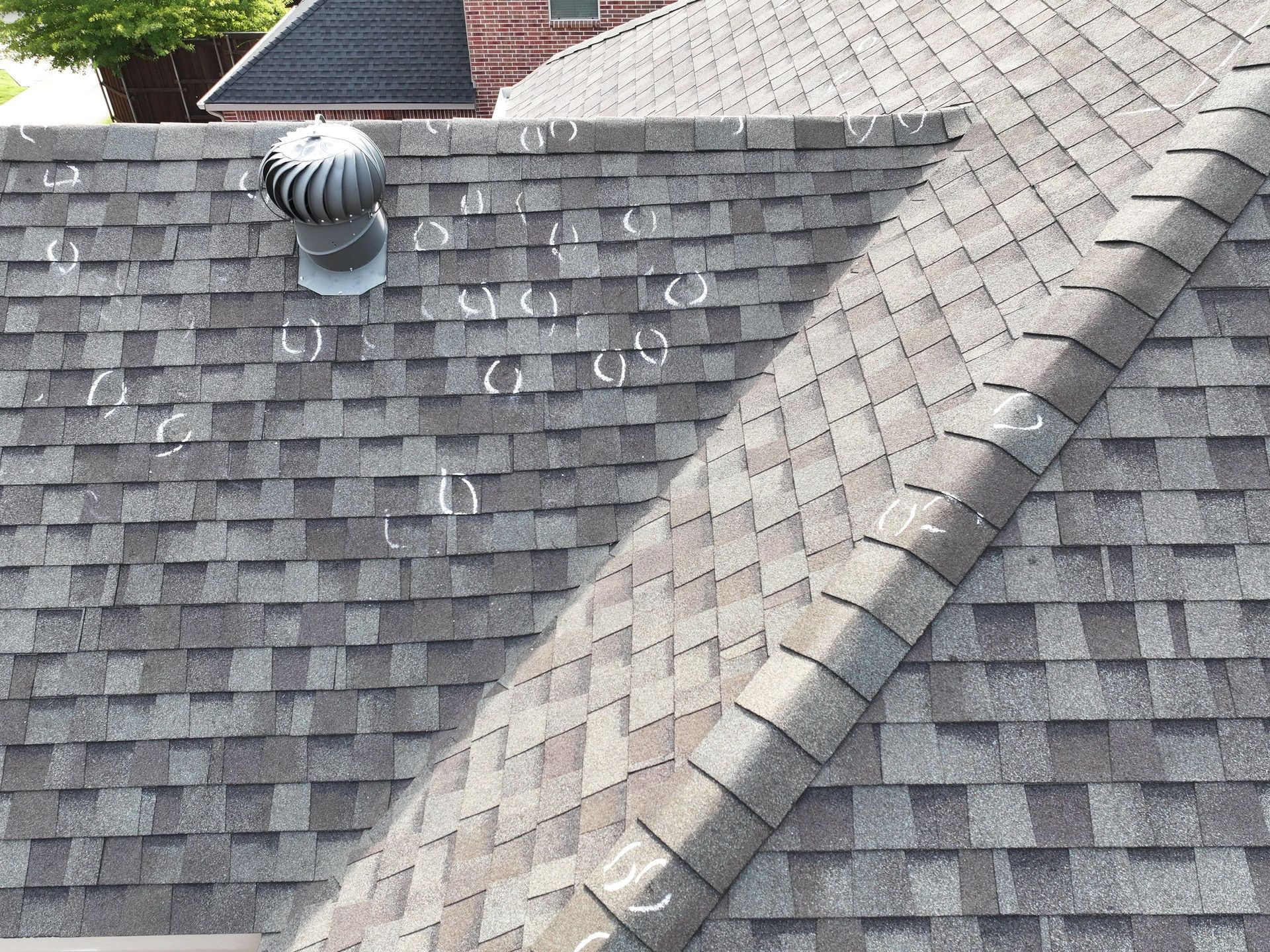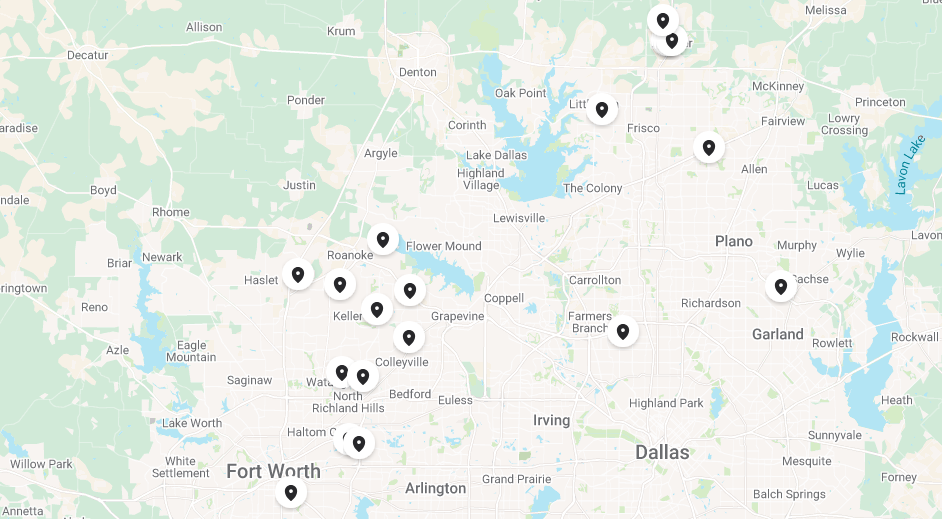Navigate Roofing Insurance Claims: A Guide to Actual Cash Value, Depreciation, and Roof Replacement in Fort Worth
A Guide to Actual Cash Value, Depreciation, and Roof Replacement in Fort Worth

Navigate Roofing Insurance Claims
Struggling to understand your roofing insurance claim in Fort Worth? Grasp the essentials of actual cash value, depreciation, and the payment process with our guide. Here, we decode the jargon and streamline your roof replacement journey, highlighting how these factors affect your wallet. Visit Becker Roofing and Exteriors for expert assistance, and discover additional insights through links to relevant articles here.
Key Takeaways
- Understanding the terms Actual Cash Value, depreciation, and Replacement Cost Value is essential for making an informed roof insurance claim in Fort Worth.
- The insurance payment process for roofing claims typically involves an initial ACV payment, the potential for additional funds through recoverable depreciation, and a final depreciation check after repairs are verified.
- Maximizing your roof claim requires proper documentation, effective navigation of adjuster inspections, and partnership with a qualified roofing contractor who can provide expertise and support.
Deciphering Your Roof Insurance Claim
The world of roof insurance claims can sometimes resemble a labyrinth. Yet, with a clear understanding of the key components involved, the path becomes less intimidating. Insurance companies and their adjusters play a crucial role in the claims process, evaluating damage, calculating costs, and determining payouts. A reputable roofing contractor can serve as your ally, offering expertise and guidance to ensure a robust and comprehensive claim.
Grasping the terms Actual Cash Value (ACV), depreciation, and Replacement Cost Value (RCV) is a cornerstone of the insurance claim process. These terms play a vital role in determining how much you can claim for your damaged roof. Unfamiliar as they may seem, understanding them is easier than you think. Let’s delve into each of these terms in the following subsections.
Understanding Actual Cash Value (ACV)
Actual Cash Value (ACV) is the term used by insurance companies to refer to the current value of your roof, considering its age and wear. It’s like the market price of a pre-loved item. ACV is the depreciated value of your roof, meaning it’s the value of your roof in its current condition, considering its initial cost and the wear it has sustained over time. An actual cash value policy would cover the cost of your roof based on this calculation.
Grasping ACV is significant since it forms the basis of your initial payout.
Decoding Depreciation
Depreciation is a term you’ve probably heard in relation to the value of cars decreasing over time. Well, the same concept applies to roofs. As your roof ages and endures the onslaught of weather conditions, its value decreases or depreciates. This depreciation is considered when determining the ACV.
While depreciation might seem like a disadvantage, there’s a component of it, known as recoverable depreciation, which can unlock additional funds for you. More on that later!
The Role of Replacement Cost Value (RCV)
Replacement Cost Value (RCV), as the name suggests, is the complete cost to replace your damaged roof with a new one. Unlike ACV, RCV doesn’t account for depreciation. It covers the entire cost of a brand new roof, including labor and materials. So, if your insurance policy provides RCV coverage, you’re likely to receive a higher payout compared to an ACV policy.
Navigating your insurance claim can be a game-changer, especially when understanding that not all insurance companies use the same terms.
The Payment Process Simplified
With the jargon decoded, it’s time to dissect the payment process. It can be broken down into three key stages – the initial ACV payment, recoverable depreciation, and the final depreciation check. Comprehending each stage can pave the way for a smoother claims process.
Initial Payment – The ACV Check
The first payment you receive from your insurance company is the ACV check. This is determined after the insurance adjuster inspects your damaged roof and calculates the ACV. The ACV check covers the current value of your roof, minus your policy deductible.
Note that this check won’t cover the full replacement cost of your roof. But don’t worry, that’s where the next stage comes in.
Recoverable Depreciation – Unlocking Additional Funds
Recoverable depreciation is the magic key that can unlock additional funds for your roof replacement. But what is it? Simply put, it’s the difference between the ACV and the total replacement cost of your roof. Once your roof repairs are completed and verified, you can claim this amount from your insurance company.
It’s like a second wind that helps cover the remaining cost of your roof replacement.
Finalizing the Claim – The Depreciation Check
The third and final stage of the payment process is the depreciation check. This check covers the recoverable depreciation amount and finalizes your claim. Once you’ve completed the roof repairs and provided the necessary documentation, your insurance company will release this check.
It’s the final piece of the puzzle that brings your claim to a close.
Maximizing Your Roofing Claim in Fort Worth TX
Beyond comprehending the insurance claim process, knowing how to maximize your roofing claim can have a considerable impact. This involves proper documentation of the damage, navigating adjuster inspections effectively, and partnering with a qualified roofing contractor.
These three components can contribute to securing the best outcome from your roofing insurance claim.
Documentation Best Practices
Proper documentation is the backbone of a successful insurance claim. It involves taking clear photographs and videos of the damage from multiple angles, making detailed written notes, and getting professional reports. A picture is worth a thousand words, and in the case of insurance claims, it can be worth thousands of dollars.
The more detailed and thorough your documentation, the stronger your claim.
Navigating Adjuster Inspections
An adjuster inspection is a critical part of the claims process. The adjuster’s role is to assess the damage and determine the payout amount. Understanding their process and what they’re looking for can help you navigate these inspections effectively.
It’s also a good idea to have your roofing contractor present during a free roof inspection to ensure nothing is overlooked.
Partnering with a Qualified Roofing Contractor
Last but not least, partnering with a reputable roofing contractor can be invaluable in maximizing your roofing claim. A qualified contractor can:
- Provide expert advice
- Help with documentation
- Ensure quality repairs
- Assist in negotiations with your insurance company
- Address any issues that may arise during the claims process
In essence, they can be your ally and advocate, helping you navigate the claims process and achieve the best possible outcome.
Common Questions About Roof Insurance Payments
Having covered the basics, it’s time to tackle some common queries about roof insurance payments. These include:
- Understanding the expected timeline for receiving payments
- How policy specifics can affect your payout
- How mortgage companies may influence the process.
By addressing these questions, we hope to provide further clarity and help you navigate the road to roof replacement with confidence.
Payment Timeline Expectations
One of the common questions homeowners have is regarding the timeline for receiving insurance payments. While the timeline can vary depending on several factors, insurers typically acknowledge a claim within 10 to 30 days and make a decision within up to 40 days after the adjuster’s inspection.
Knowing the expected timeline can help manage your expectations and prepare you for each stage.
Policy Specifics That Affect Payouts
Another common question surrounds how specific policy terms can affect the payout amount. Factors such as your policy’s deductible, the age of your roof, and the type of roofing material can significantly influence the amount you can claim. Comprehending these policy specifics can aid in navigating your claim effectively and maximizing your potential payout.
Involvement of Mortgage Companies
The involvement of mortgage companies is another aspect that can impact the payout process. If your property is mortgaged, your mortgage company may need to endorse the insurance checks and could hold the funds in an escrow account until the repairs are completed.
Knowing their role and requirements can lead to a smoother process and prevent unexpected hurdles.
Preparing for Roof Replacement in Fort Worth
With the insurance claims process covered, we now focus on preparing for roof replacement. This involves selecting the right materials, understanding your warranty options, and coordinating with your roofing contractor. Each step is vital for a successful roof replacement and contributes to the lifespan and performance of your new roof.
Selecting the Right Materials
The first step in preparing for roof replacement is selecting the right materials. The choice of materials will depend largely on the local climate and building codes in Fort Worth. From asphalt shingles to metal roofing, each material has its own pros and cons in terms of durability, energy efficiency, aesthetics, and cost.
Choosing the right material can make a significant difference in the longevity and performance of your new roof.
Understanding Warranty Options
Another key aspect of roof replacement is understanding your warranty options. Warranties can protect you from unforeseen costs and provide peace of mind. There are generally two types of warranties - manufacturer’s warranties that cover the materials and workmanship warranties that cover the installation. Understanding the coverage and limitations of each can help you make an informed decision and ensure you’re adequately protected.
Coordinating with Your Roofing Contractor
Finally, coordinating with your roofing contractor is essential for a smooth roof replacement process. Your contractor can:
- Provide expert advice
- Help with material selection
- Ensure quality installation
- Assist with documentation
- Liaise with your insurance company
This will make the process less stressful for you.
Having a trusted and experienced contractor by your side can make all the difference in your roof repair or replacement journey.
Fort Worth Roof Replacement Resources
As we wrap up our guide, we’d like to leave you with some useful resources for roof replacement in Fort Worth. These include:
- Information on local building codes and permits
- Recommendations for quality material suppliers
- Reviews and recommendations of reputable roofing contractors
These resources can provide valuable guidance and help you make informed decisions throughout your roof replacement journey.
Local Building Codes and Permits
Understanding local building codes and permit requirements is crucial when planning a roof replacement. These codes ensure the safety and integrity of your new roof and non-compliance can result in fines or penalties.
In Fort Worth, permits are required for roof replacement if the repair exceeds 500 square feet. You can find more information on these codes and requirements in the Fort Worth Development Services’ Roofing FAQ and Building Energy Codes.
Finding Quality Material Suppliers
Choosing quality materials is key to a durable and long-lasting roof. There are several reputable roofing material suppliers in Fort Worth that offer a wide range of options to suit your needs and budget. Some of the popular roofing materials available include:
- Asphalt shingles
- Metal roofing
- Clay tiles
- Slate tiles
- Wood shakes
These suppliers offer quality products backed by strong warranties.
Be sure to research and compare your options before making a decision.
Reviews and Recommendations
Lastly, reviews and recommendations serve as useful tools when choosing a roofing contractor. A reputable contractor like Becker Roofing and Exteriors can provide expert advice, quality workmanship, and assist throughout the insurance claims process. Look for contractors with positive reviews, a solid track record, and a commitment to customer satisfaction.
Summary
Navigating roof insurance claims and preparing for roof replacement may seem daunting, but with the right knowledge and resources, it can be a smooth and manageable process. From understanding key insurance terms and the payment process to maximizing your claim and coordinating with a reputable contractor, we hope this guide has provided useful insights and guidance. Remember, understanding your insurance policy, partnering with a trusted roofing contractor, and making informed decisions can make all the difference in your roof replacement journey.
Frequently Asked Questions
How do you read an insurance claim for a roof?
To read an insurance claim for a roof, you should look for the claim summary, which details the restoration cost, calculated depreciation, replacement cost value, and projected lifespan of the roof. Understanding these factors will help you assess the coverage and plan for repairs.
What does roof actual cash value loss settlement endorsement mean?
An ACV loss settlement endorsement for your roof means your insurance provider will reimburse you for the current value of your roof, minus the deductible and depreciation. This is based on the condition of your roof at the time of the covered loss.
How do I make a successful roof leak insurance claim?
To make a successful roof leak insurance claim, first assess the damage, check your insurance coverage, document the damage, and then contact your insurer and a local roofing company for assistance. Stay in communication with your insurer and provide all necessary documentation.
What is Actual Cash Value (ACV) in roof insurance claims?
Actual Cash Value (ACV) in roof insurance claims is the depreciated value of your roof, taking into account its age and wear, and forms the basis of the initial payout from your insurance company.
What is recoverable depreciation?
Recoverable depreciation is the amount you can claim from your insurance company, which is the difference between the actual cash value (ACV) and the total replacement cost of your roof. It is claimed after your roof repairs are completed and verified.


Our Location
Hours
Hours
Contact Us
License # 03-0235
